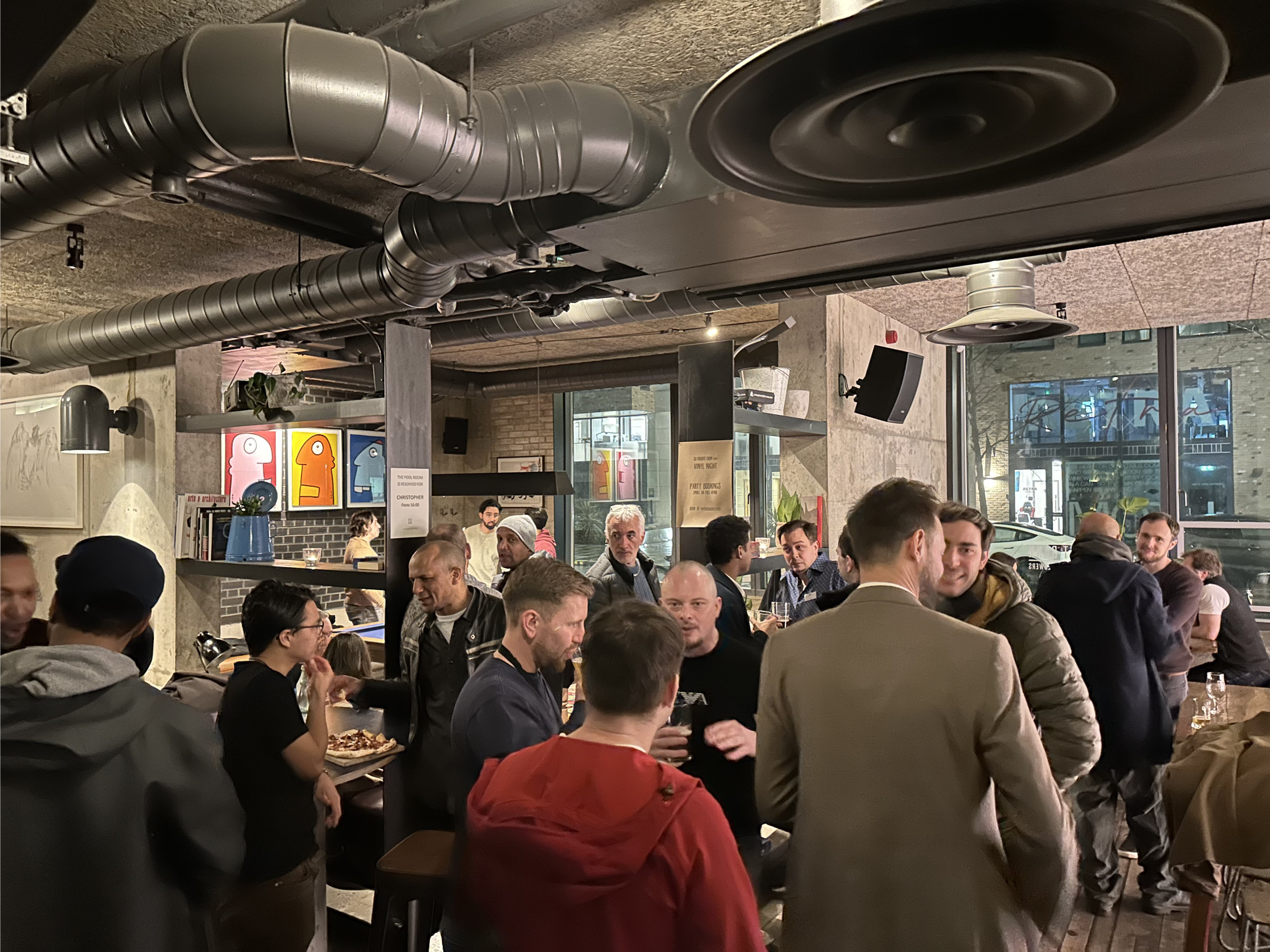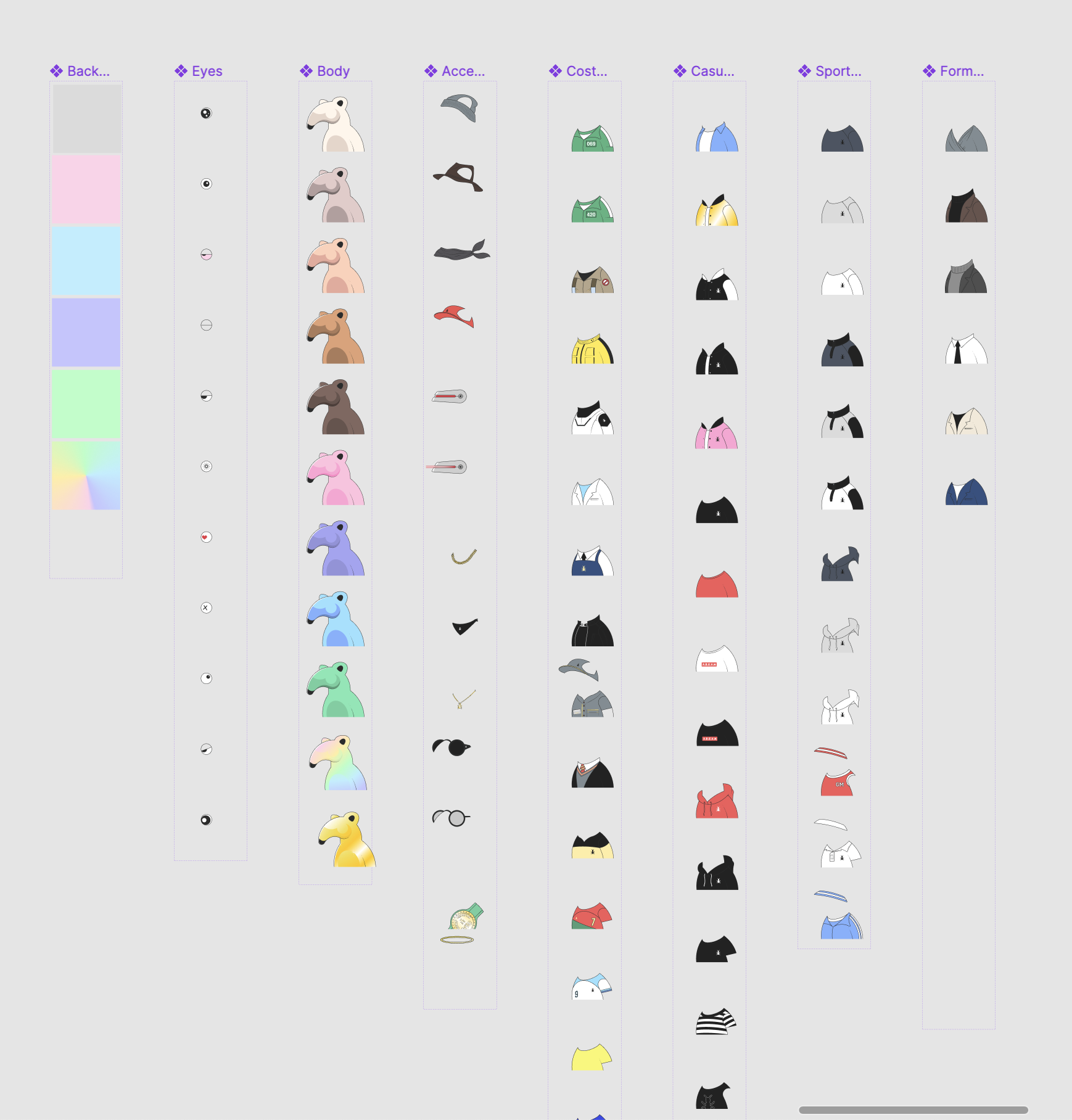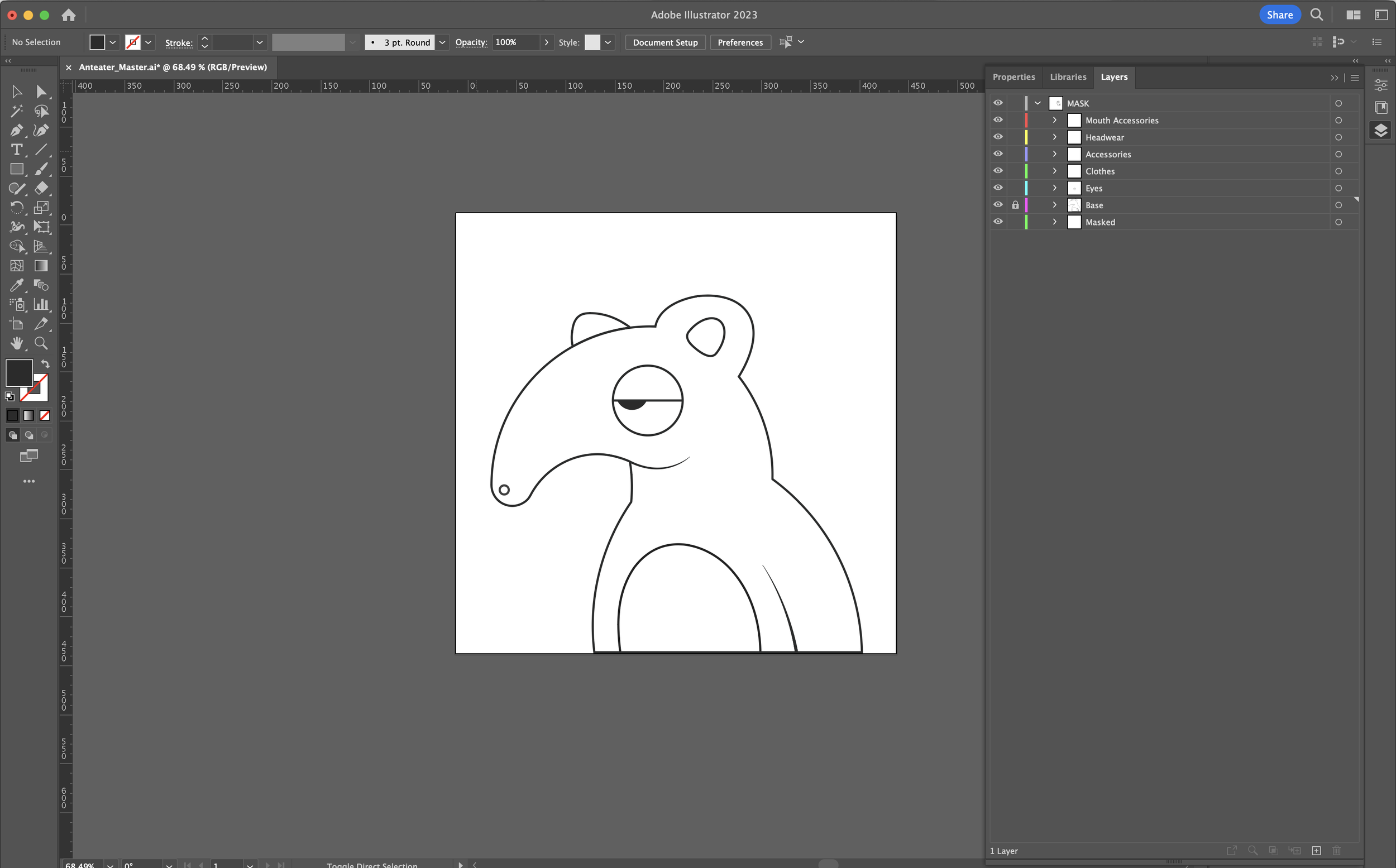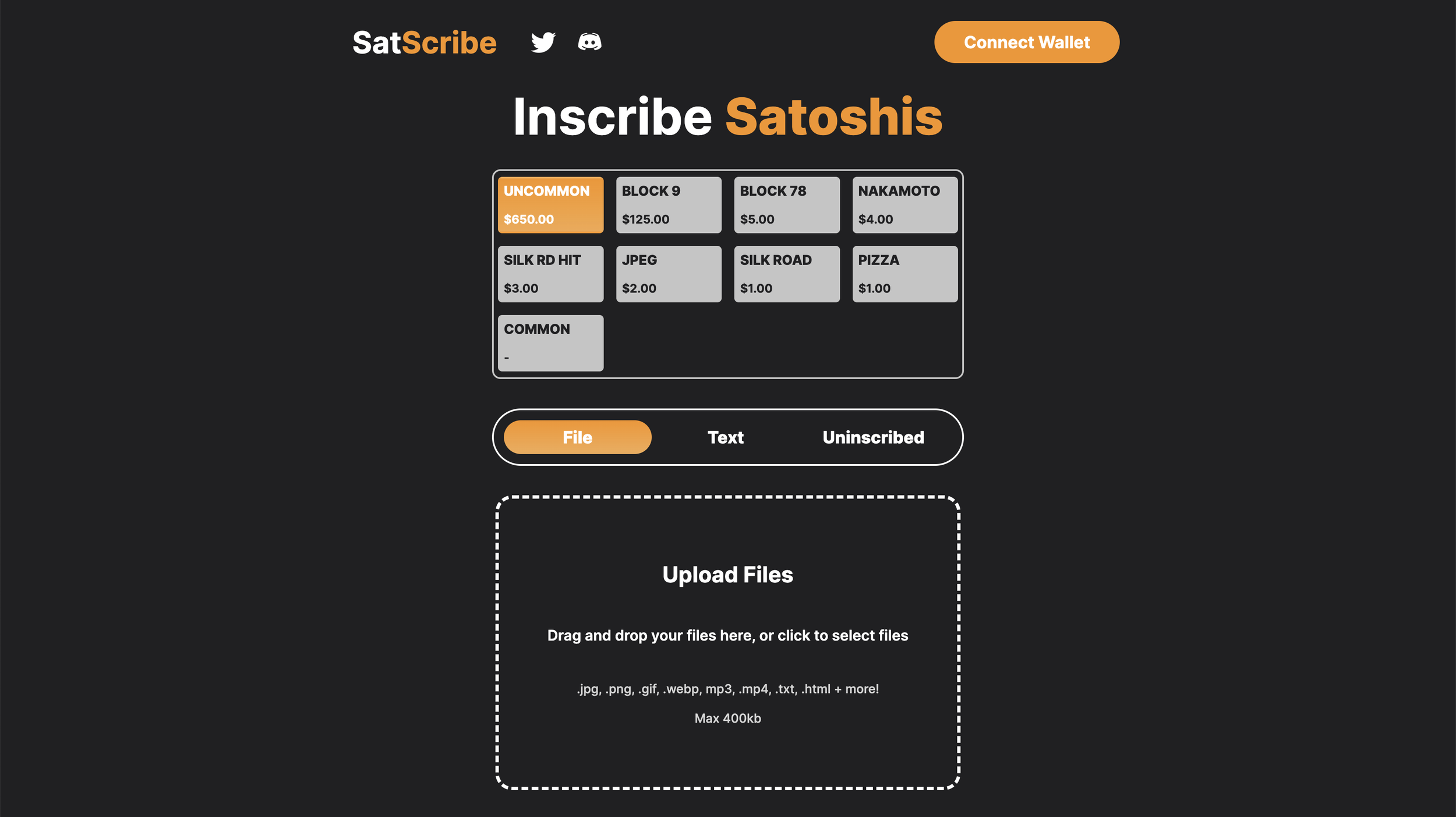Bitcoin / Ordinals / Inscriptions
Inscribing Digital Artefacts onto Bitcoin
Founder / Illustrator
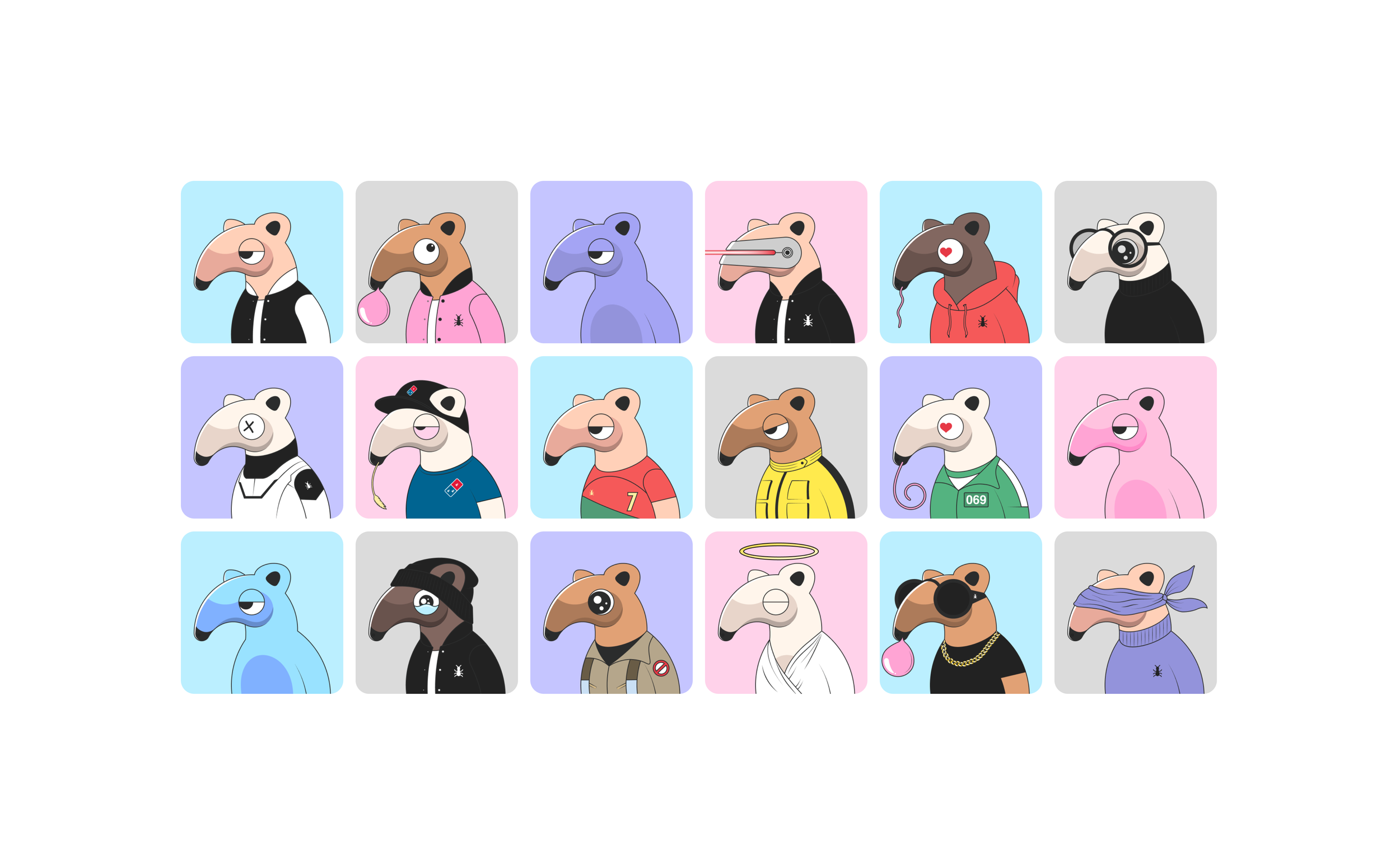
Introduction
In the ever-evolving world of digital art and blockchain technology, a new form of expression has emerged: Bitcoin Ordinals. Much like the ancient Egyptians who inscribed their stories and beliefs into stone, creating a lasting testament to their civilisation, artists today are inscribing their creations onto Bitcoin, the original and most respected chain.
Bitcoin Ordinals, also known as digital artefacts, are a way to inscribe digital content directly onto Bitcoin. Unlike NFTs on other chains, which often rely on IPFS for hosting, Ordinals create an immutable on-chain presence for a range of supported formats, from jpegs to video and everything in between. This process is akin to inscribing hieroglyphs into stone, creating a permanent and unalterable record.
The collection was meant to be built on Cardano, however, the decision to experiment with Bitcoin Ordinals for "Anteaters Wearing Shirts" was driven by several factors. Firstly, Bitcoin is the OG chain, carrying a sense of authenticity and historical significance. Secondly, the process of inscribing NFTs onto specific satoshis offers a unique narrative potential, allowing me to further expound my story.
One of the most intriguing aspects of Ordinals is the concept of satoshi rarities. Each satoshi can be uniquely identified and tracked, much like a numbered print in a limited art series. This allows artists and collectors to source specific satoshis from significant moments in Bitcoin's history, adding an extra layer of meaning and value to the artwork.
For instance, satoshis used in the infamous 10,000 Bitcoin Pizza transaction or those from Block 9, which Satoshi Nakamoto mined and sent to Hal Finney, carry a historical weight. By inscribing artwork onto these specific satoshis, artists can link their creations to pivotal moments in Bitcoin's history, telling a story that is not only visually engaging but also deeply intertwined with the lore of the blockchain.
For Anteaters Wearing Shirts, the concept of inscribing onto specific satoshis was leveraged to create a unique narrative. The collection was inscribed onto satoshis mined by Satoshi Nakamoto himself in 2009.
By choosing to inscribe the collection onto Nakamoto-mined satoshis, I was able to intertwine my personal journey into Bitcoin with the whimsical world of anteaters in clothing. This not only added a layer of personal significance to the collection but also connected it to a pivotal moment in Bitcoin's history.
Inspiration
The inspiration for Anteaters Wearing Shirts came from a 2021 Charles Hoskinson YouTube AMA, where he shared a story about showing photos of anteaters wearing clothes to diffuse a stressful legal meeting. The adorable and amusing images sparked an idea in my mind to utilise them for potentially diffusing complicated and complex terminology and functionality for newcomers to the crypto space. My hypothesis was, by leveraging cute and funny anteaters, maybe we can simplify complex blockchain technology and create a more inclusive environment for users.

Insights
I engaged with founders of leading NFT projects, attended community meetups, and shared my vision with industry experts. The valuable feedback received helped shape the project and refine its direction. Notably, I received advice on keeping the NFT supply limited to create exclusivity, the importance of community building, and the significance of effective marketing strategies to attract a strong commmunity.
Design
Using references from photos of anteaters wearing clothes found on Google. Initial sketches were hand-drawn on paper, capturing the essence of the envisioned artwork. Using Adobe Illustrator, I transformed these sketches into vibrant illustrations. The designs incorporated various attire inspired by popular films, TV shows, and different clothing departments, such as casual wear, sportswear, formal wear, costumes, and accessories.
The entire collection contained:
Background colours: 7
Types of fur: 11
Accessories pieces: 14
Types of clothing: 54
Mouth variations: 5
Eye variations: 12


